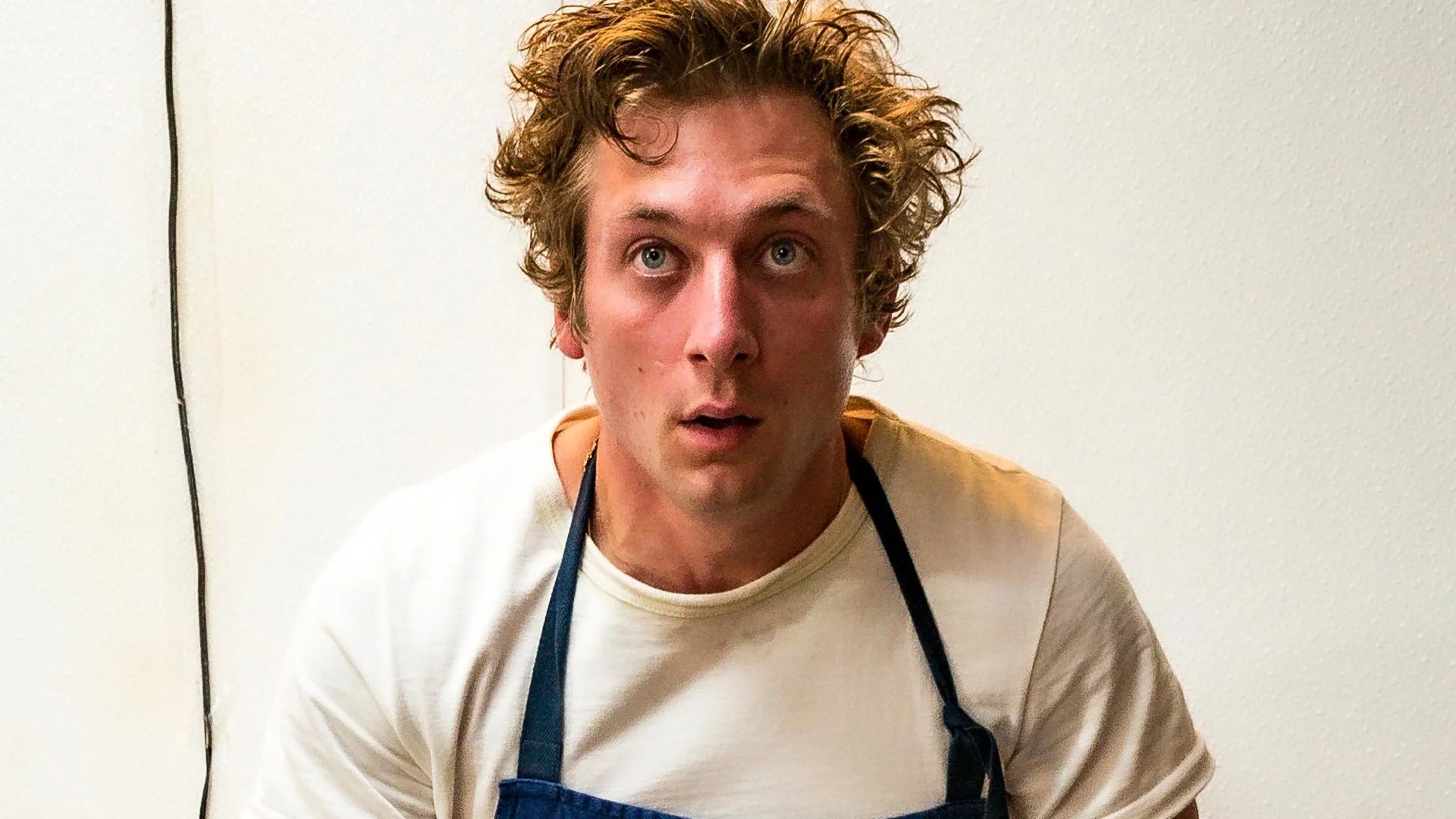Presented in the Official Section of the last 70 San Sebastian Film Festivals, “Wild Sunflowers” is the seventh film by Barcelona-based director Jaime Rosaleswhich offers its most human and costuming aspect in a completely different feature from the cruel fable that was the splendid ‘Petra’. A proposal that looks anthologically at a woman’s life and her circumstances.
‘Wild Sunflowers’, a tremendously metaphorical title It invites you to think about its double meaning, on the one hand it means love and admiration, but, on the other, pride. Added to this is the wild, devoid of rules. And, in a certain sense, it is the right description of how everyone forges the path of their own life.

So, the film is the chronicle of a woman’s evolution. Rosales, who wrote the screenplay together with Bárbara Díez – a regular collaborator of his as a producer -, He chooses to tell it through his romantic relationships, in which he leaves traces of toxic masculinity. What is interesting in this regard is how Rosales portrays this reality. He does it in an organic way, revealing how certain pre-established patriarchal models continue to weigh on the new generations, who reproduce these models.
Rosales frames him in a work environment, showing the mistakes of a 22-year-old mother of two who became pregnant when she was just a teenager. How she falls in love with the neighborhood pimp and how he meets the patterns of the abusive boyfriend; how the young woman tries again to live with her first love, the father of her children, and how his immaturity and inability to cope with her responsibilities make her return to square one and, finally, a third love that offers some hope in this harsh and realistic portrayal of masculinity.

One of the best roles of Anna Castillo
The film does not have a linear rhythm and its division into episodes provokes an ellipsis exercise in which Rosales moves like a fish in the water, inviting the audience to complete those periods of time between one relationship and another. In addition to exposing a masculinity that needs to reinvent itself – the third case is very evident, in which the inability to express what one feels causes disconnection in a sentimental relationship -; Rosales creates a complex female portrait, with a magnificent protagonist, which the director looks at with humanity.
Of course, there was no better actress than Anna Castillo to convey that strength and fragility. The interpreter has an innate gift for transmitting spontaneity in her performances. In Julia’s case, Castillo sets up a young woman with her virtues and flaws, aware of how her youthful mistakes led her to take responsibility ahead of time and how she has a terrifying fear of loneliness (a constant theme in the work of the Barcelona, on the other hand). The artist gives Julia an inner strength that evokes that of Tamara Casellas in ‘Ama’, very human maternal figures, who obviously make mistakes, bringing down the impossible of the perfect mother. Cathartic is that moment when Julia ends up collapsing in the final episode, being one of the best moments not only in the film, but one that Castillo has had in his filmography.

The director of ‘La Soledad’ offers his friendliest face with a story linked to the best cinema with a social theme, with the addition of some magnificent performances, as Castillo is well accompanied by names like Manolo Solo or Carolina Yuste; mention also for the three faces of the male and his torments -Oriol Plà, Quim Ávila and Lluís Marqués-, which give the film even greater naturalness.
“Wild Sunflowers” is a maintenance exercise by Jaime Rosales, more like “Hermosa Joven” that of the hypnotic ‘Petra’. An uncomfortable reflection of the current generation of twenties and thirties to which, in addition, layers of readings related to social positioning can be added (we must not forget that its protagonists live in the suburbs and are workers) who invite to create a broad debate after viewing, which enriches the cinematic experience.
Note: 8
The best: The interpretation of Anna Castillo and the naturalness with which the stories unfold.
Worse: A solo epilogue of the protagonist wouldn’t have been bad.
Source: E Cartelera
Elizabeth Cabrera is an author and journalist who writes for The Fashion Vibes. With a talent for staying up-to-date on the latest news and trends, Elizabeth is dedicated to delivering informative and engaging articles that keep readers informed on the latest developments.




